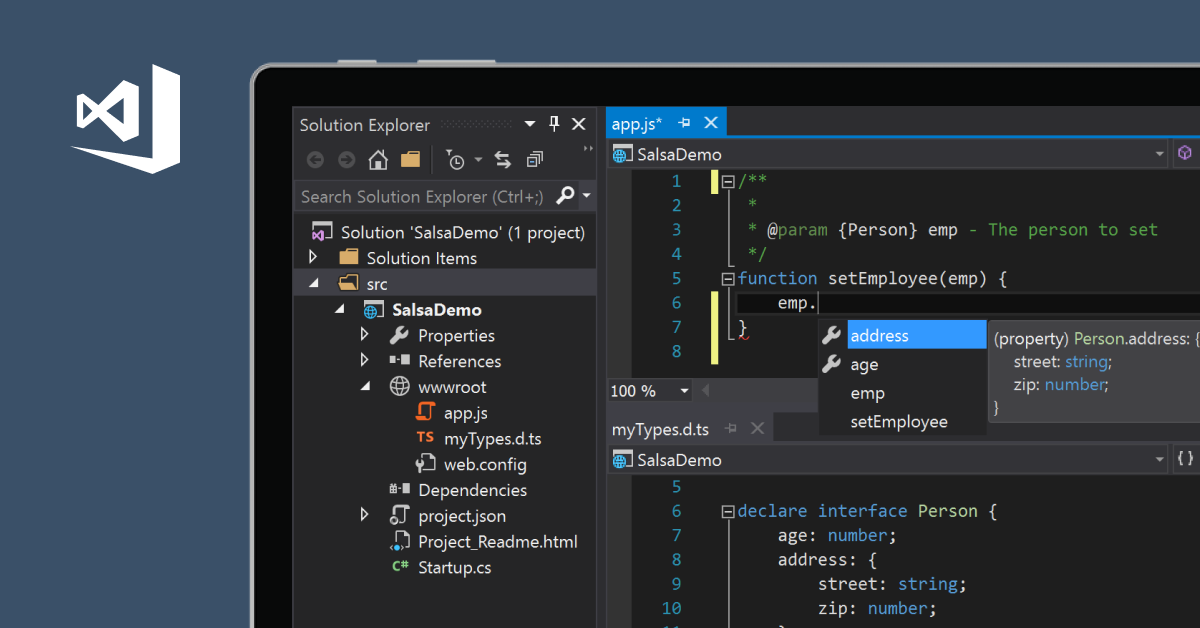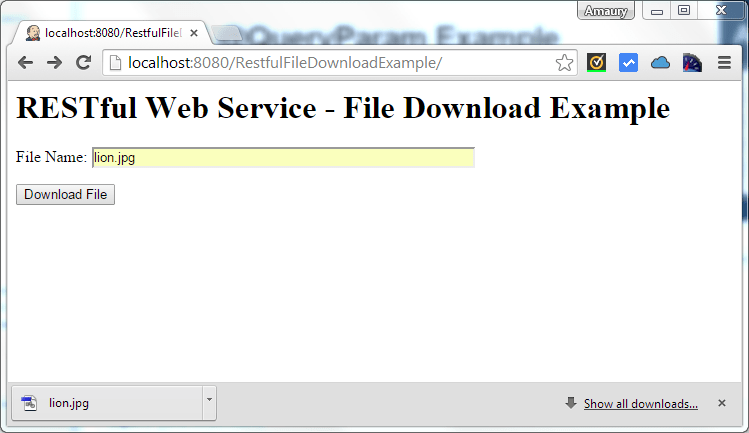

Absolute paths, empty paths, path components that start and/or end with a dot (.), and paths containing back-references (. filename OptionalĪ string representing a file path relative to the default downloads directory - this provides the location where you want the file to be saved, and what filename you want to use. Use requires the "cookies" API permission. If omitted, the default cookie store is used. The cookie store ID of the contextual identity the download is associated with. conflictAction OptionalĪ string representing the action you want taken if there is a filename conflict, as defined in the downloads.FilenameConflictAction type (defaults to "uniquify" when it is not specified). However, if the download fails due to file-related, network-related, user-related, or other error, that error is reported.Ī string representing the post body of the request. true, the download continues when an HTTP error is encountered and the HTTP server error is not reported.false, the download is canceled when it encounters an HTTP error.

Using this flag, for example, enables the download of server error pages. It can contain the following properties: allowHttpErrors OptionalĪ boolean flag that enables downloads to continue even if they encounter HTTP errors. Differences between API implementationsĪn object specifying what file you wish to download, and any other preferences you wish to set concerning the download.(B4) The safer way is to attach the download link to the page itself – document.SOMEWHERE.Take note, this trick may not work on all browsers – Some may not allow click() on a link due to security settings. Yes, this sets a base 64 encoded data URL to it. (B2) The magic happens when we do anchor.href = canvas.toDataURL(MIME-TYPE).(B2) Set the “download as” filename – anchor.download = "image.png".(B2) We create an HTML anchor link in Javascript – var anchor = document.createElement("a").This is pretty much doing the same stuff in the introduction snippet, but packaged into a function for your convenience: (B4) SAFER ALTERNATIVE - LET USER CLICK ON LINK

Let anchor = document.createElement("a") Īnchor.href = canvas.toDataURL("image/" + type) Let canvas = document.getElementById(target)


 0 kommentar(er)
0 kommentar(er)
